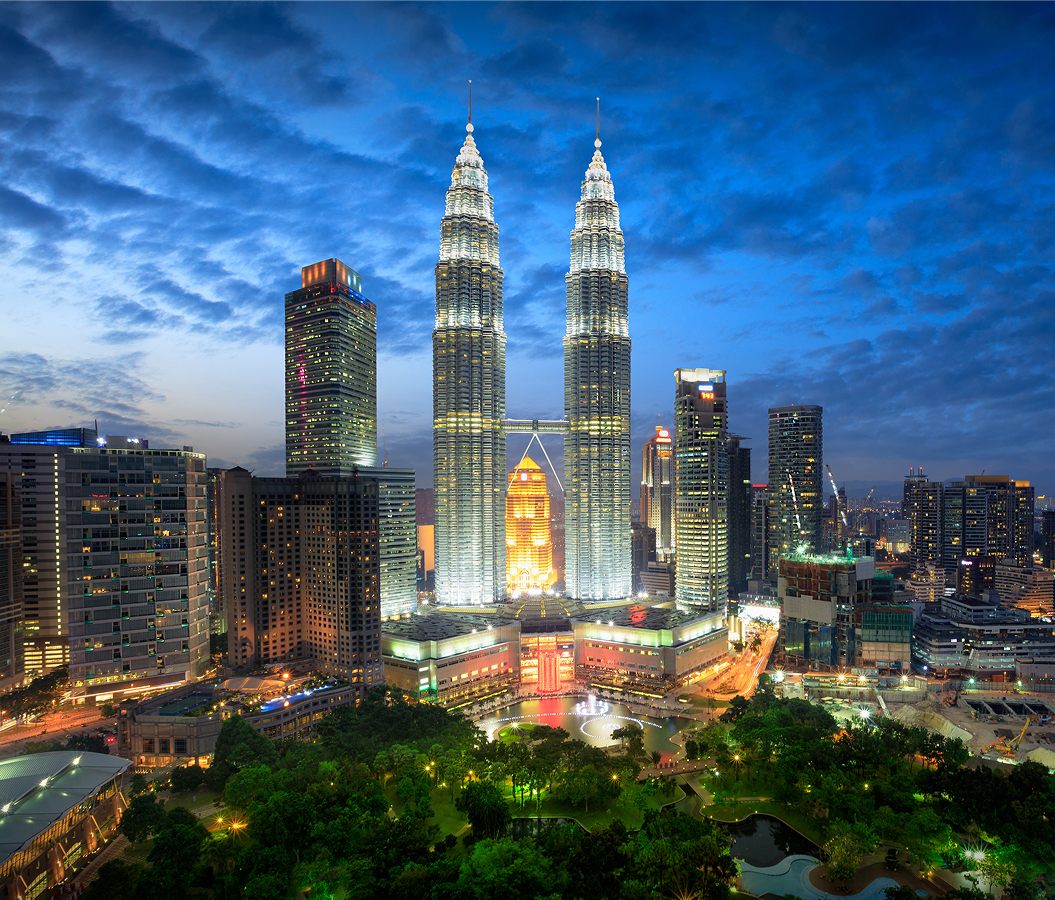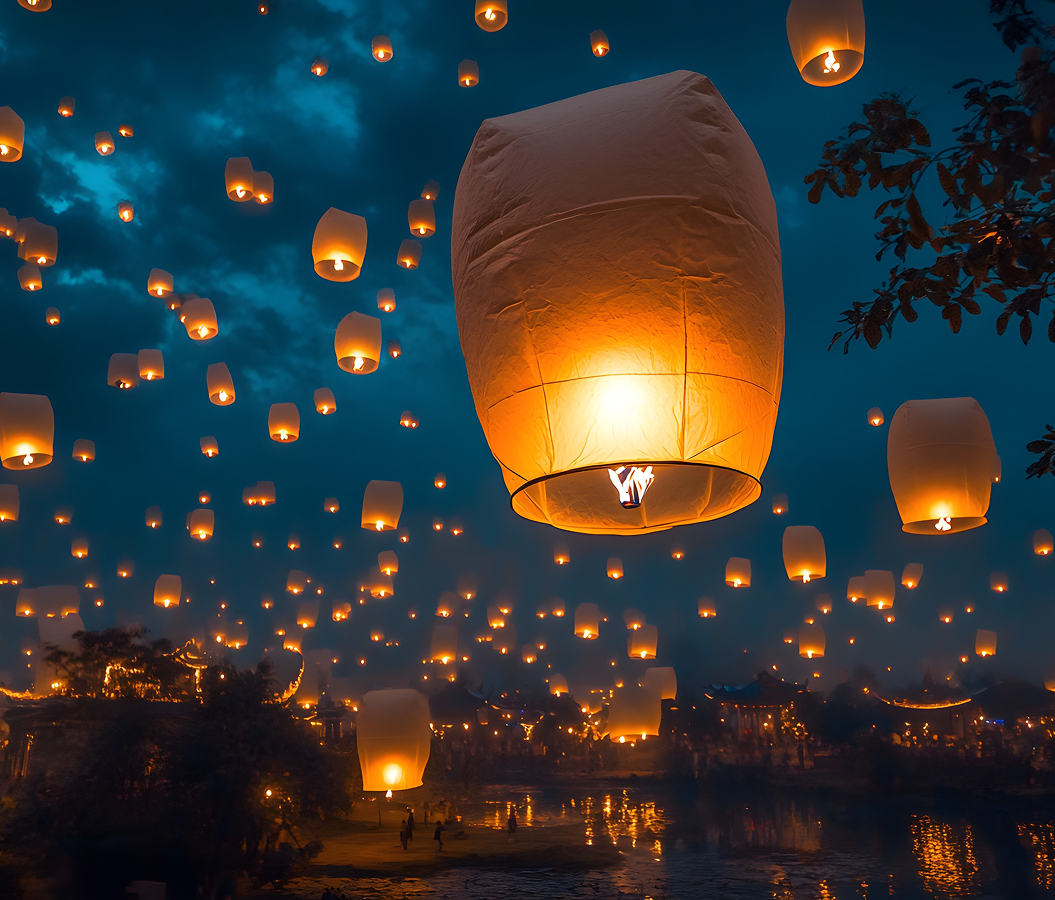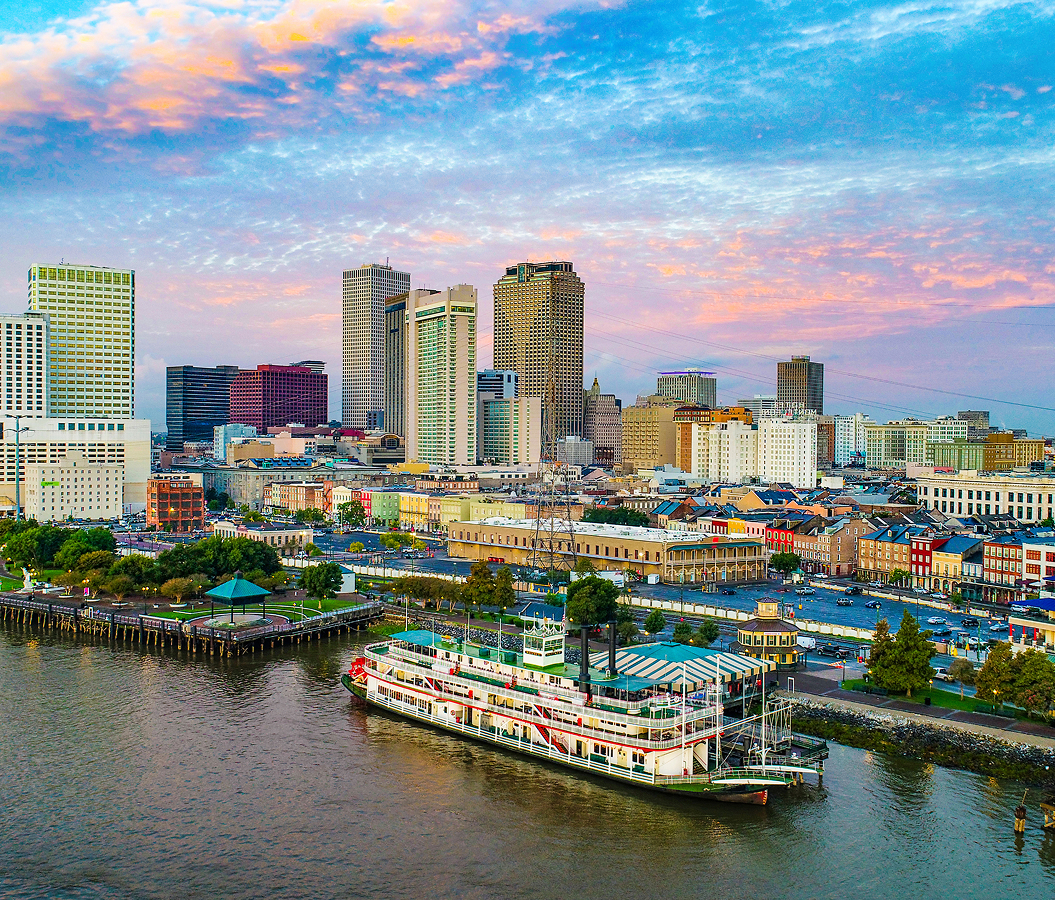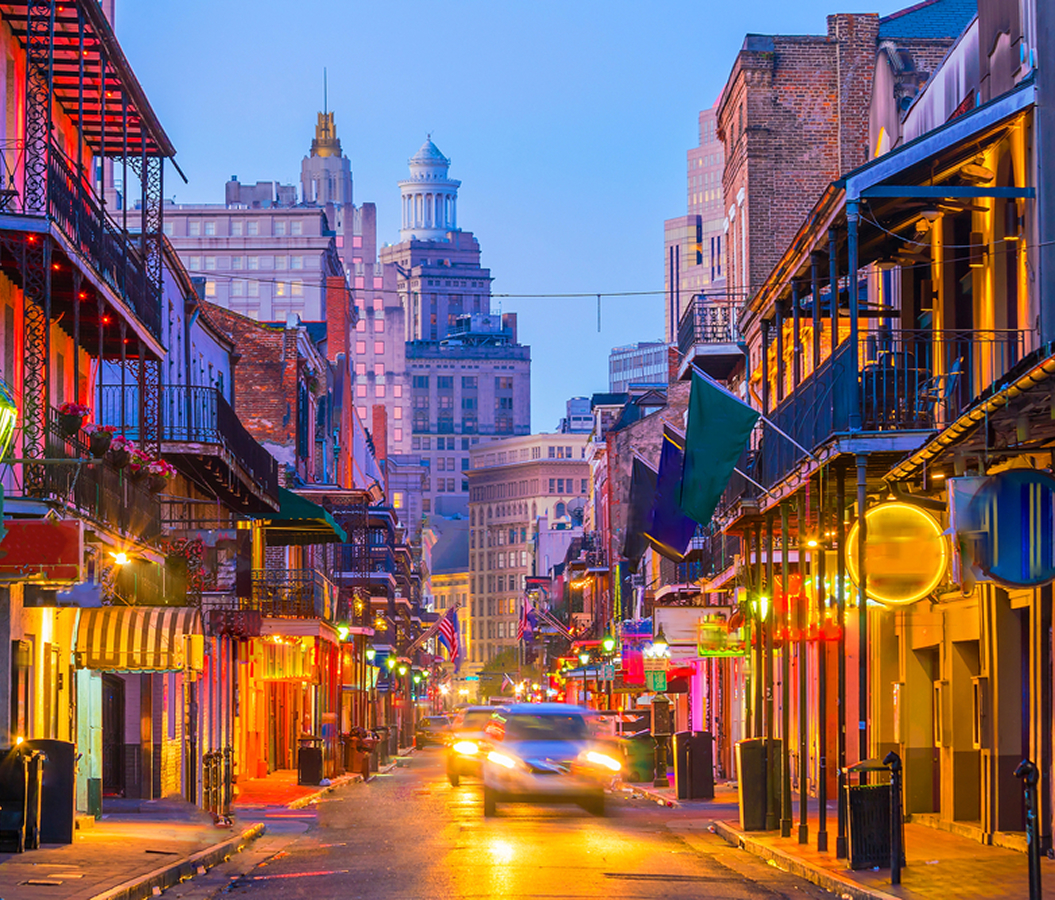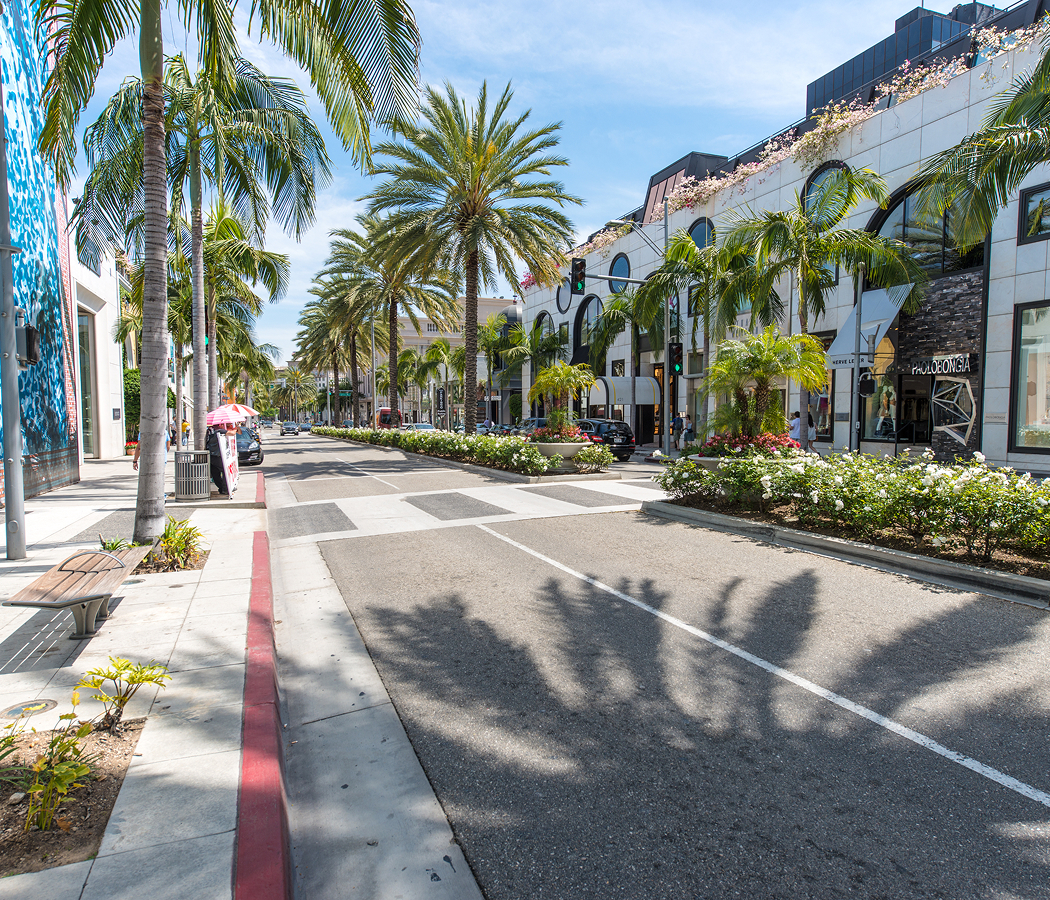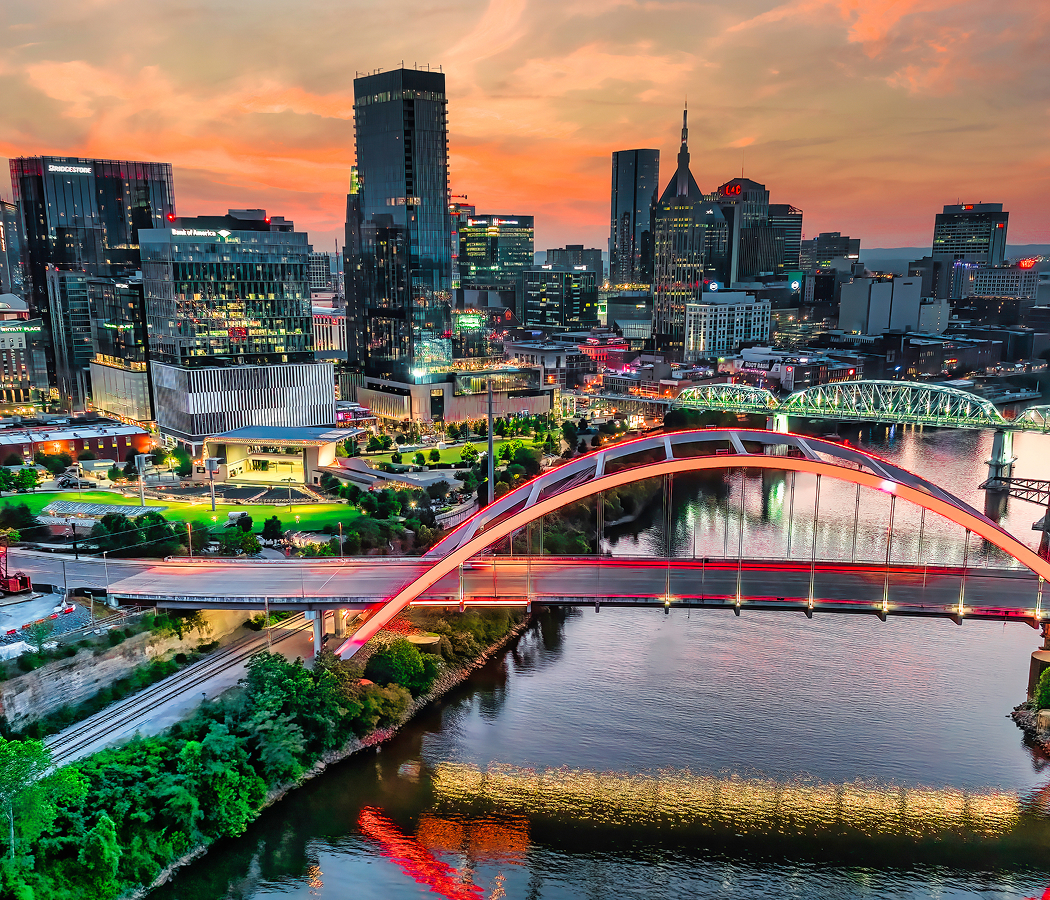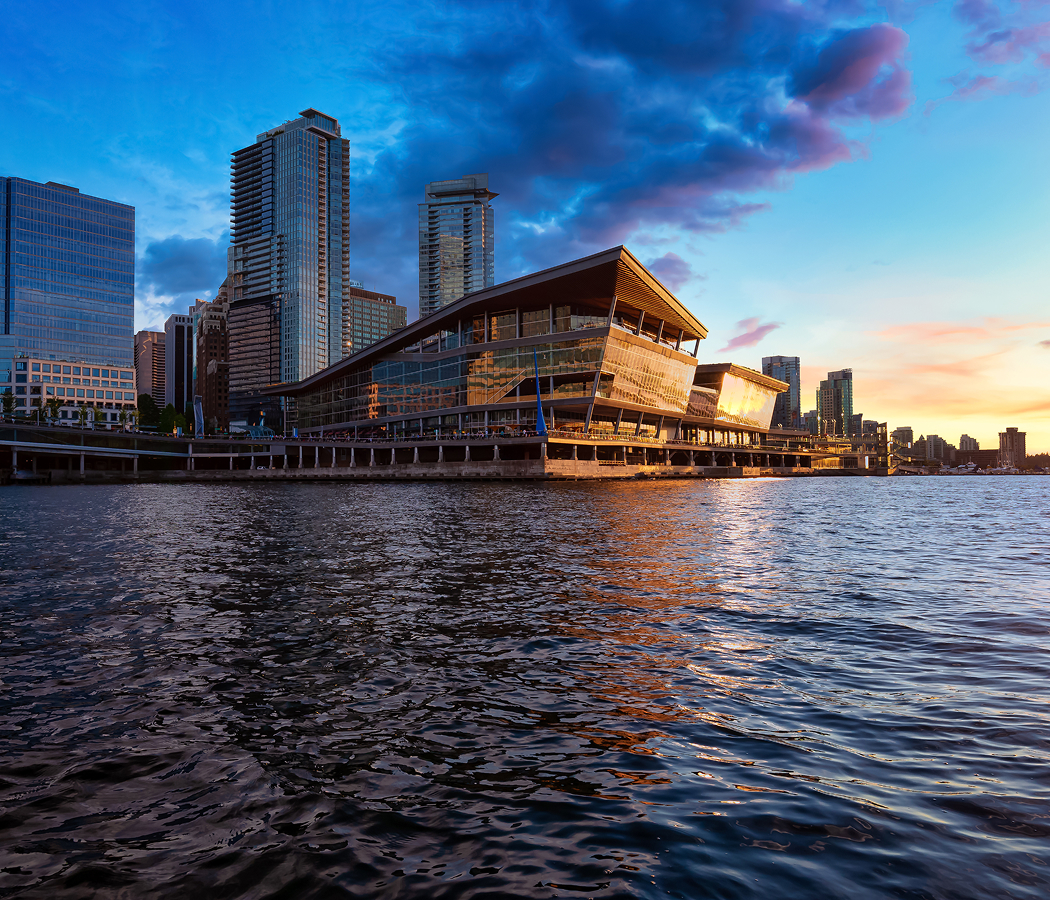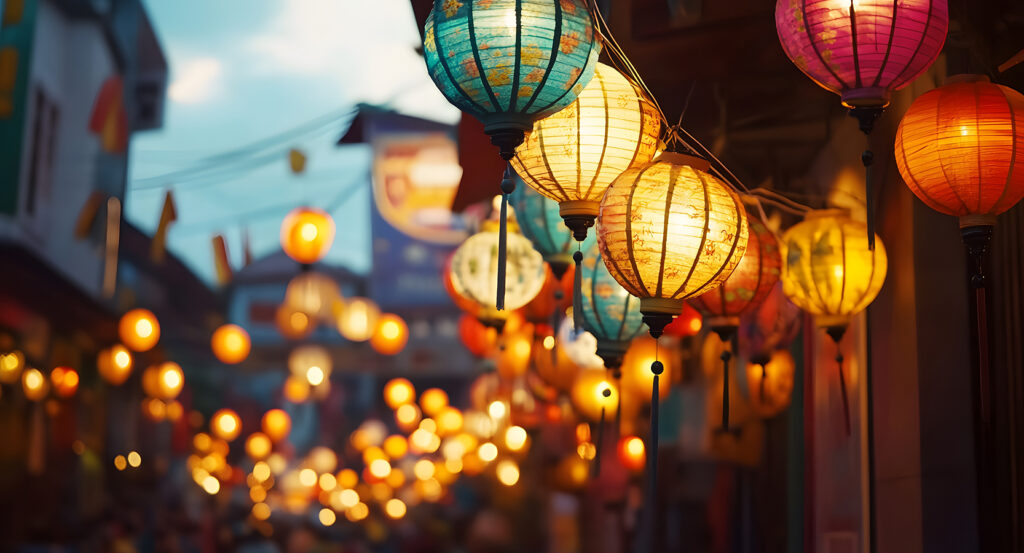
Why you should experience Petaling Street Market in Kuala Lumpur.
Petaling Street isn’t just a market, it’s Kuala Lumpur’s heartbeat, pulsing with color, chaos, and charisma beneath a canopy of red lanterns and neon glow.
Located in the heart of Chinatown, this legendary thoroughfare captures everything that makes the city feel alive: the scent of sizzling noodles and roasted chestnuts, the chatter of bargaining voices in a dozen languages, and the endless movement of vendors, locals, and travelers weaving through narrow aisles. Every sense comes alive here, the aroma of herbal teas mingles with the perfume of incense from nearby temples, while the hum of old radios and laughter from café terraces fill the air. Though modern malls surround it now, Petaling Street has kept its soul intact, a living reminder that Kuala Lumpur’s story began at street level. It’s a marketplace, yes, but more than that, it’s a theater of daily life, where every encounter feels like a scene in a film that never ends.
What you didn’t know about Petaling Street Market.
Behind its busy façade lies a story of survival, adaptation, and cultural fusion that mirrors Malaysia itself.
Petaling Street’s origins trace back to the late 19th century, when Chinese immigrants, many from Guangdong and Fujian, settled in what became known as Kuala Lumpur’s Chinatown. Originally a trading hub for tin miners, the area grew around the Taoist Sin Sze Si Ya Temple, still standing nearby as a spiritual anchor. Fires, floods, and wartime occupation tested the community repeatedly, yet Petaling Street always rebuilt, evolving from an open-air market to a covered bazaar in the 2000s, without losing its historic architecture or charm. Beneath the glow of its modern roof, generations of traders continue family-run stalls selling fabrics, watches, trinkets, and street food recipes passed down for decades. Beyond commerce, the street also represents a unique harmony of cultures, Chinese temples beside Indian curry houses, Malay coffee shops beside colonial shophouses. Petaling Street isn’t frozen in time; it’s constantly rewriting its story, staying authentic even as the city around it transforms.
How to fold Petaling Street Market into your trip.
To experience Petaling Street properly, come hungry, and curious.
Arrive in the late afternoon as the vendors begin to set up, and watch the transformation unfold: tarps unfurl, sizzling woks fire up, and the hum of conversation swells. Start with a cold herbal tea from a traditional stall, then dive into the labyrinth, every turn offers something new, from faux designer goods to hand-carved jade pendants. Don’t rush; bargaining here is an art form and a conversation rolled into one. Stop for dinner at one of the hawker stalls, char kway teow, wantan mee, or Hokkien noodles gleaming under the fluorescent lights, then wander toward the backstreets, where quieter corners reveal cafés, murals, and old tea shops steeped in history. As night deepens, the red lanterns glow brighter, and the air feels thick with energy and nostalgia. Whether you come to shop, eat, or simply absorb the chaos, Petaling Street in Kuala Lumpur will stay with you, a vivid, beating reminder that the city’s truest treasures still live where tradition meets the street.
Hear it from the Foresyte community.
Lanterns everywhere, fake Gucci bags, sizzling noodles, and someone yelling ‘special price’ at you for the fifth time. It’s chaotic but in the best way.
Where meaningful travel begins.
Start your journey with Foresyte, where the planning is part of the magic.
Discover the experiences that matter most.



